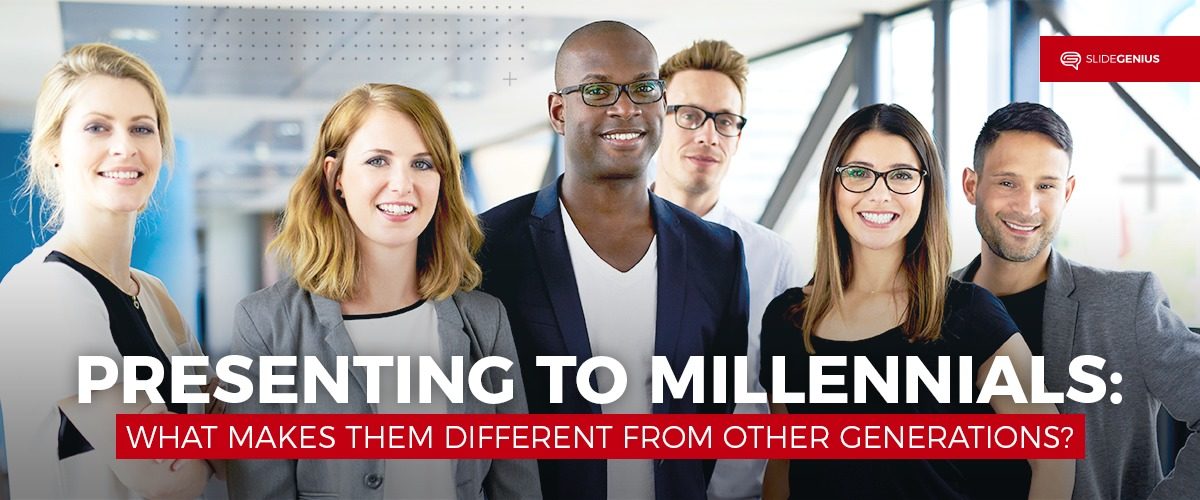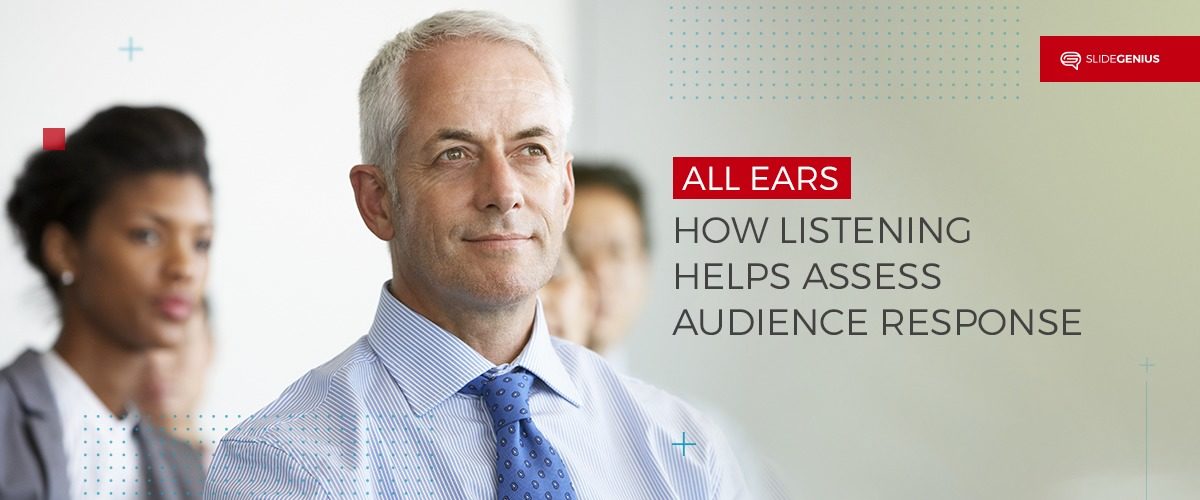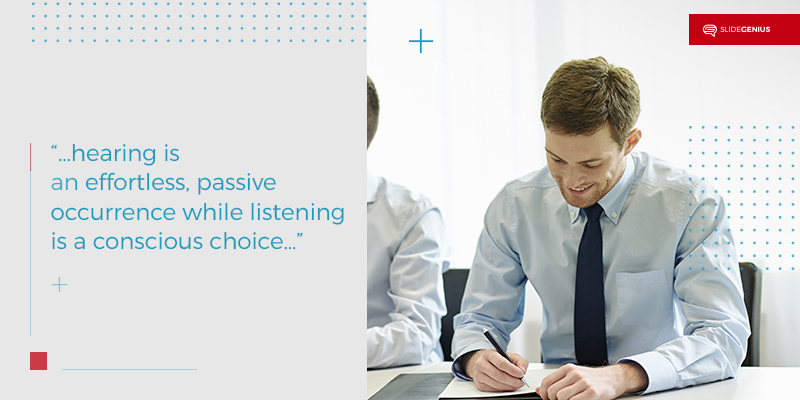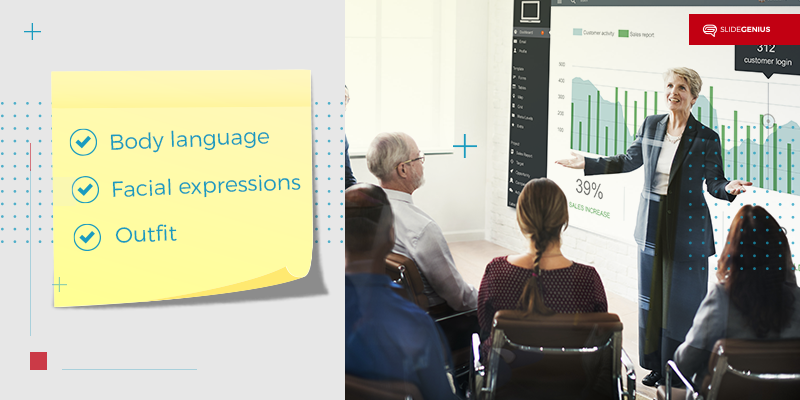Millennials are born between 1981 to 1996. They’re the first generation to grow up with an abundance of mobile devices and the world’s information.
Why should businesses pay attention to them? Well, they make up the largest part of the American workforce, which means they’re a force to reckon with when it comes to purchasing power.

The challenge with presenting to them, however, is keeping them interested in what you say, reaching the point where they are willing to interact with you and your brand, especially if you’re going to show them a PowerPoint presentation.
So, how should you do it?
Be Straightforward
No matter who your audience is, you should never beat around the bush. This goes especially important when you’re presenting in front millennials.
In a study conducted by Microsoft Corp. in 2015, researchers found out that people generally lose concentration after eight seconds, whereas in the year 2000, the average was 12 seconds.
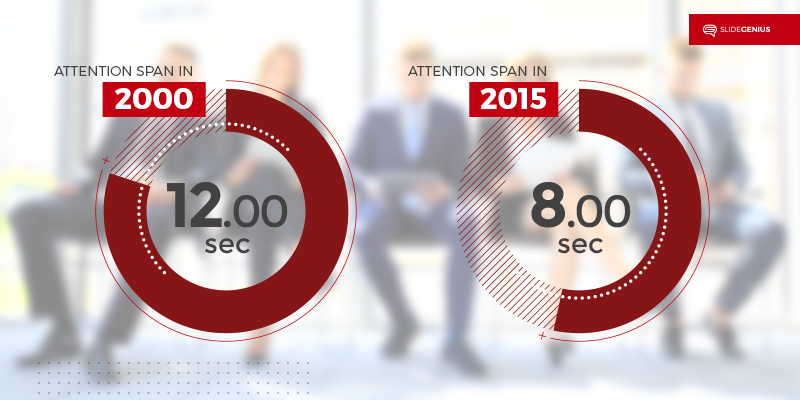
This means that people have shorter attention spans compared to that of a goldfish, which has a nine-second attention span.
So, instead of wasting your audience’s time, make sure to focus immediately on the whys and the hows of your presentation:
- Why does it matter?
- How will it make a difference?
- How does it make an impact?
Be Authentic
If you’re on social media, then you’ll know that this generation is all about sharing everything on the Internet—photos, videos, ramblings, and insight included. This means that they expect a certain level of vulnerability and authenticity, so they will surely catch you if you’re stiff and might misconstrue this as insincerity.
Optimize Your Presentation
This generation was the first to grow up with cellphones. Today, they basically live on them, so why not make your PowerPoints available there as well? This allows them to view your slides and respond in real-time. That, or you could make them available online and for download after the presentation.
Impress the Audience with Visuals
Are you a startup looking for investors? If you’re planning on showing your audience what they need to know using a 20-page business plan—don’t bother. Who has time to read through all that?
If you want your audience’s attention and retain it throughout the presentation, then make sure to use impactful visuals to your advantage.

Millennials grew up alongside the rise of technology, meaning they are averse to low-quality, low-tech visuals. Ditch clip arts and walls of texts and instead, focus on creating a custom pitch deck with compelling graphics that accurately represent what you’re saying.
—
It’s important to know how millennials think and thrive in today’s digital world because not only are they becoming important assets in the workplace, but they’re next in line to run it. So, instead of doing it the old-fashioned way—handing out 20-page reports and using clip art as well as WordArt—make sure that you maximize the use of custom pitch decks.

Download free PowerPoint templates now.
Get professionally designed PowerPoint slides weekly.
Sign Up NowReferences:
Main, Douglas. “Who Are the Millennials?” Live Science. September 8, 2017. www.livescience.com/38061-millennials-generation-y.html
McSpadden, Kevin. “You Now Have a Shorter Attention Span Than a Goldfish.” Time. May 14, 2015. time.com/3858309/attention-spans-goldfish/
Patel, Deep. “How to Reach and Engage Millennial Audiences.” Forbes. July 4, 2017. www.forbes.com/sites/deeppatel/2017/07/04/how-to-reach-and-engage-millennial-audiences/#2b1368fa4789


